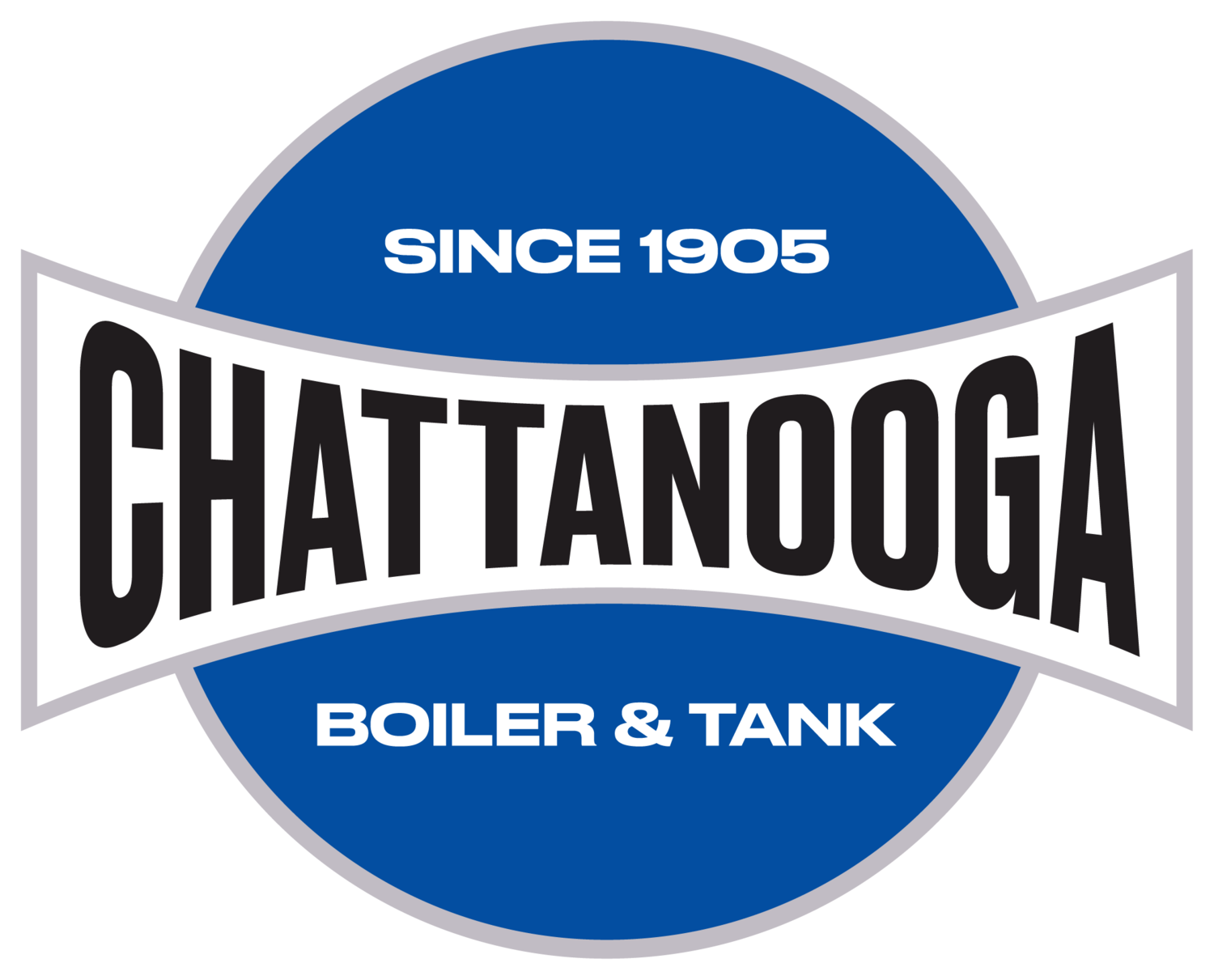One of the industries that CBT has a long-standing history of service is the oil and refining industry. These storage tanks have demanding liquid storage requirements because the liquids must be held for a longer period of time than in many other industries that utilize storage tanks. As an oil or refining business, our clients rely on us to understand industry standards and be able to implement them effectively into our custom storage tank designs. There are two main types of storage tanks used in the gas and oil industry, and our Tank Talk today is going to briefly explain the types so that you can have a better understanding of what all goes into designing and manufacturing a storage tank for this specific industry.
Floating Roof Storage Tanks
These tanks are, as the name states, capped with a roof that floats on the surface of the liquid stored inside. The roof moves up and down based on the liquid level, such as when the tank is filled or emptied. These types of roofs are often used because they are very cost-effective and safe. They also minimize the amount of vapor that is able to be between the roof and the liquid since the roof is actually floating on the liquid’s surface. But that doesn’t mean that we just plop a metal lid on top of the liquid that floats; we design and manufacture a roof that specifically works to minimize the loss of vapor for your specific storage tank.
In this main category of floating roofs, there are two subcategories: a pontoon roof and a double-deck roof. A pontoon roof is the most economical kind of roof because it limits the evaporation of stored liquids, which also helps to protect the environment from the toxic gas that would then be released into the atmosphere. Double-deck roofs have to steel plates disconnected by chambers that cover the entire surface area of the roof. Because of the presence of the upper deck, the lower deck is not exposed to the sun, which lowers the vapor loss of the stored liquid.
Fixed Roof Tanks
This is a more traditional and typical type of storage tank - a cylindrical steel shell is fitted with a domed or cone-shaped roof that’s attached to the tank shell. A valve on the roof allows the tank to have slight internal pressure and safety measures are put in place to avoid fire.

